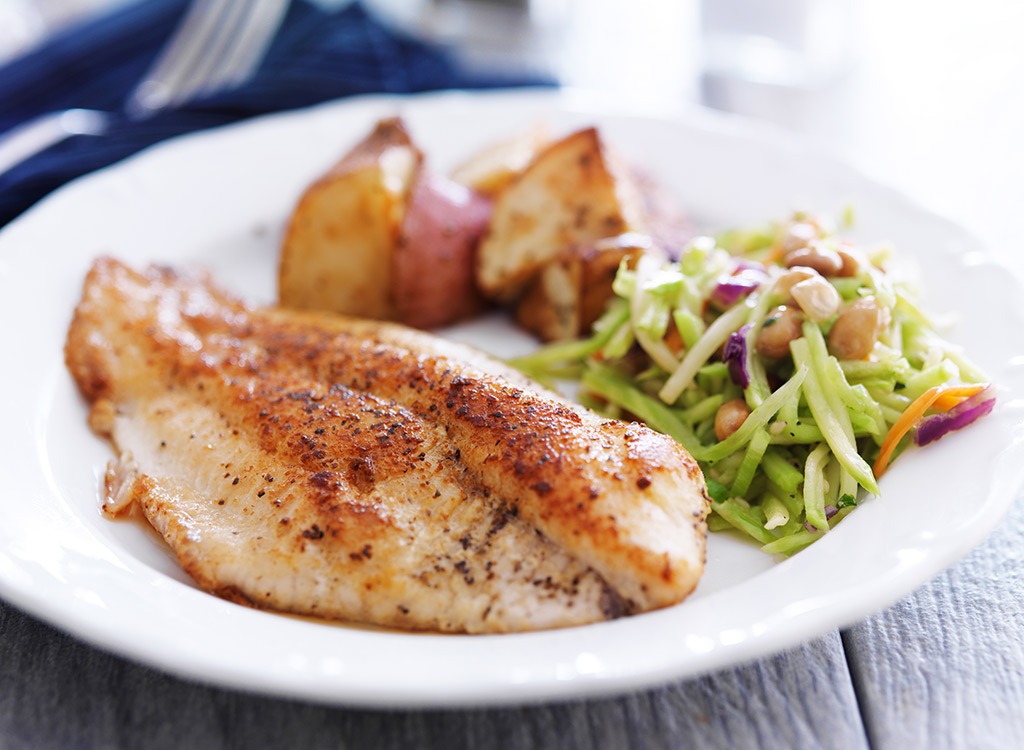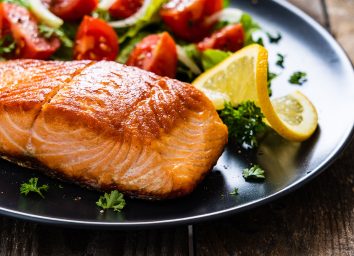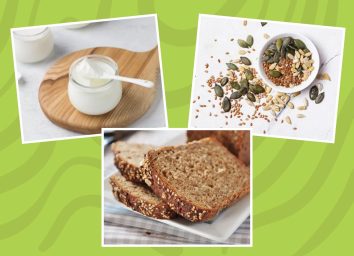Should I Eat Tilapia?

Tilapia is the fourth most-consumed seafood in the United States, after shrimp, tuna, and salmon. Unfortunately, tilapia isn't on the Eat This list because it's deficient in heart-healthy omega-3 fatty acids and has more omega-6s than bacon.
The tizzy over tilapia dates back to a 2009 report by the USDA that found that fish imported from China lived in filthy pools and were fed a diet of animal manure. Both findings are being debated, but for what it's worth, a 2016 Washington Post investigation found that, no, tilapia doesn't feed on poop. "Seafood Watch scientist Tyler Isaac explains that manure is often used in fish ponds, but not as food," the news outlet reported. "It fertilizes the algae and plankton that the fish eat," he said.
The Monterey Bay Seafood Watch, which rates seafood based on whether they're fished responsibly and how they're farmed, shows nine choices for tilapia. Three of them have the "best choice" rating. Seafood with the "best choice" rating means they should be your first choice when buying because they're fished or farmed in ways that cause little harm to their habitats. The other six choices are "good alternatives." This means they're a runner-up choice, but be aware that there are some concerns about the way they're caught or farmed.
The pros: Tilapia is super-convenient, cheap and easy to find. They're lean and high in protein, which helps build muscle and burn fat. Tilapia also contains a small amount of omega-3 fatty acids, which can boost heart health, mood, and metabolism.
The cons: It's really not that great for you. Chances are the tilapia you'll find in the grocery store is farm-raised, and farm-raised fish is generally inferior to wild caught. Tilapia also contains a relatively high level of omega-6 fatty acids. Unlike omega-3s, omega-6s can potentially increase inflammation throughout the body, leading to heart disease and metabolic disorders.
How to enjoy it: If you're a real fan of tilapia's flavor, make it an occasional meal. Incorporate other fish, such as salmon, tuna, halibut, and cod. In an International Journal of Obesity study, participants who consumed three five-ounce servings of salmon for four weeks lost 2.2 pounds more than those who ate the same number of calories without salmon. Research shows that the omega-3 fatty acids in salmon can help reduce the risk of arrhythmia, decrease triglyceride levels and lower blood pressure.








